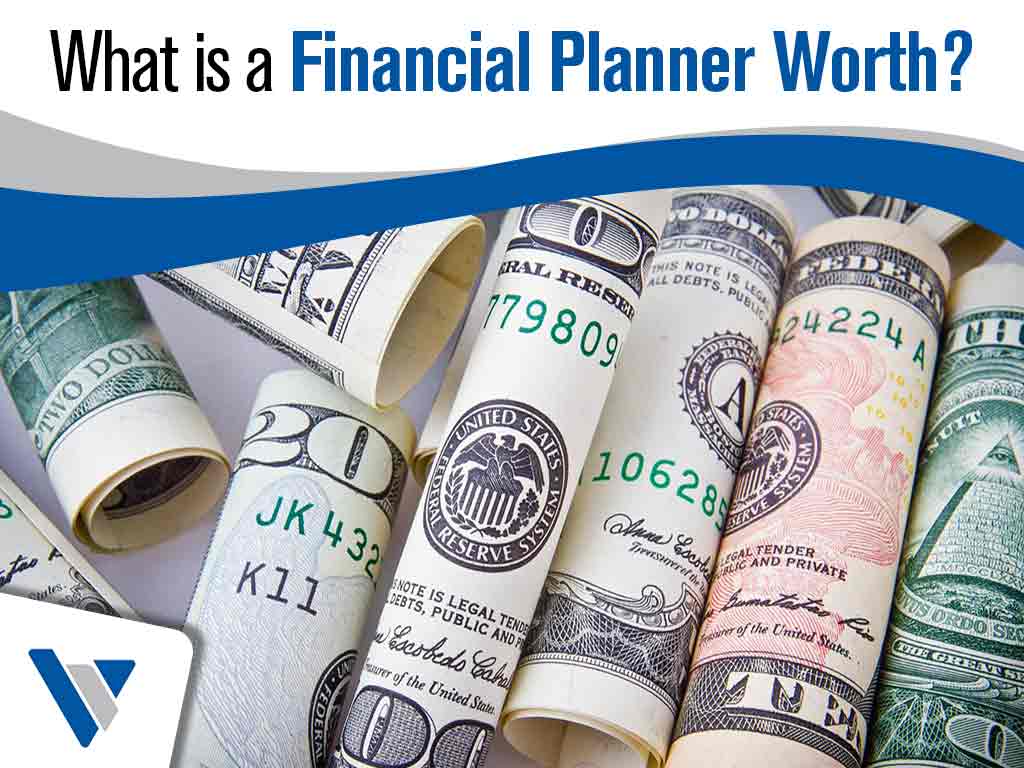There are several proposals to address the Medicare funding crisis, aiming to ensure the program...


Quantifying the value of a financial planner may seem difficult to many consumers. That value will vary depending on what advice the consumer is wanting. Advice may be offered for investing their assets, protecting themselves with insurance products, transitioning to retirement, college funding, estate planning, tax planning, etc. These are all singular concerns and the advice offered certainly has some value. Financial planning is typically defined by a process of six steps. These steps include:
A few years ago, The Vanguard Group’ Research did a study to quantify an advisor’s value. Their findings, reflecting the value-add relative to “average” client experience (in basis points of return) are as follows:
In conclusion, the approximate Potential Value Added is about 3%.
Interestingly enough, the strategy providing the largest value is behavioral coaching – 1.50% per year for a client. Helping clients avoid a major financial mistake could be worth a financial planner’s fee for a lifetime. Articles are written in which critics suggest a 1% fee is excessive. This may be the case if only investing advice is being provided, but if the financial planning process is being incorporated, maybe not.